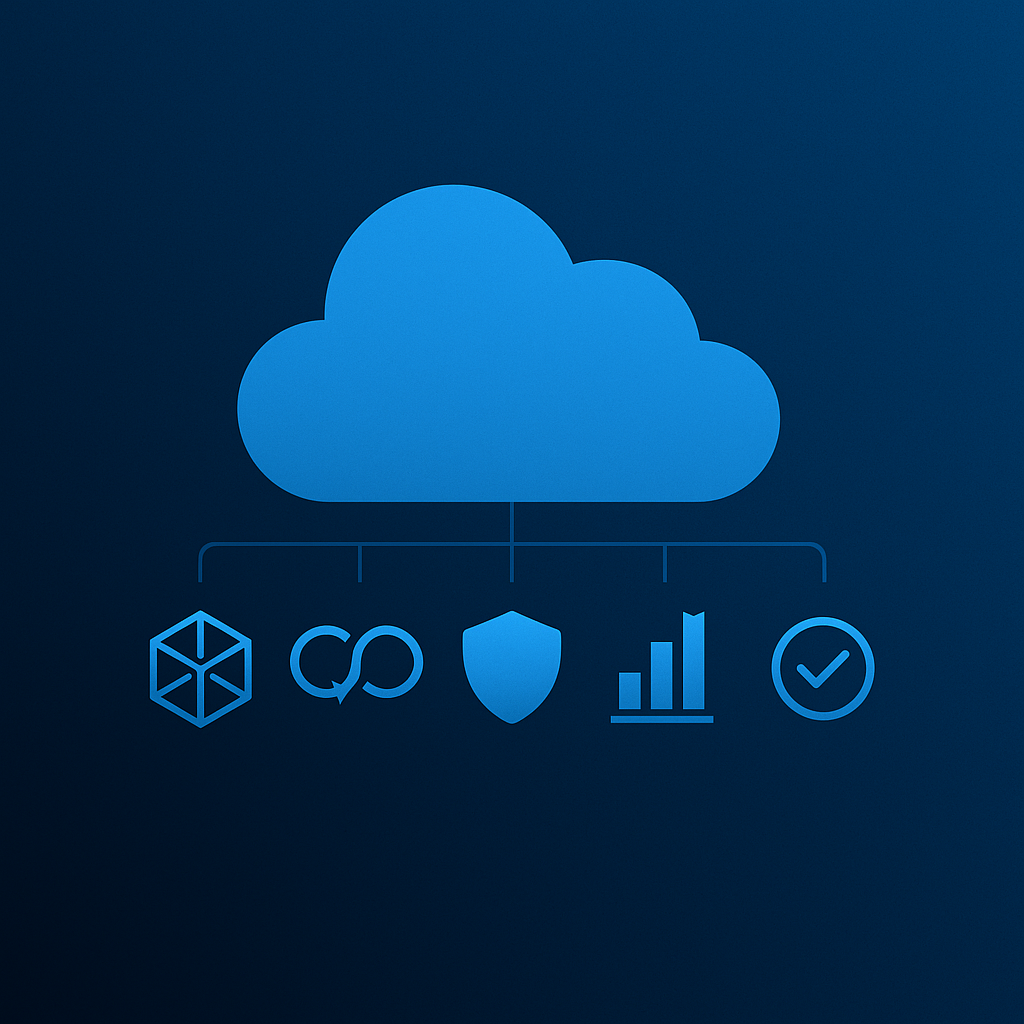
Transcloud
August 25, 2025

August 25, 2025
Cloud migration strategies have become essential as businesses navigate today’s digital-first economy. According to industry analysts, by 2025 nearly 90% of current monolithic applications will still be in use, while compounded technical debt will consume more than 40% of IT budgets. In a market where agility defines competitiveness, organizations can’t afford to be constrained by inflexible legacy systems.
When evaluating cloud migration, three approaches stand out: rehost, replatform, and refactor. Each path offers different trade-offs in speed, cost, modernization, and long-term flexibility. Beyond infrastructure, these strategies now play a critical role in AI-ready workloads, HPC migrations, and global-scale cloud adoption.
This guide breaks down the three strategies—helping you align the right approach with your business goals.
The success of any migration depends on aligning technology decisions with business outcomes. Cloud migration is not a purely technical project—it is a business transformation.
Before deciding whether to rehost, replatform, or refactor, define your goals:
Once goals are clear, conduct a gap analysis of your current workloads. Assess performance, scalability, compliance requirements, and architectural limitations. This ensures the migration strategy you select directly supports your organization’s long-term objectives.
Most organizations start with a centralized approach for consistency, then gradually give teams more flexibility as expertise grows. A phased roadmap—moving applications in waves—helps reduce risk, optimize costs, and improve stakeholder communication.
Migration is an opportunity to address outdated systems that add cost, risk, and inefficiency. Ask:
The key is to link modernization decisions directly to business impact—customer experience, cost savings, or improved resilience.
Refactoring is the most transformative approach—redesigning applications to thrive in the cloud. While it requires more time and expertise, it delivers maximum flexibility and long-term gains.
Successful refactoring begins with assessing which workloads need change and building the right skills. Training in containers, serverless, microservices, and cloud-native design is critical. Treat refactoring not as a one-time project but as a continuous journey of improvement and modernization.
The question isn’t whether to migrate—but how.
At Transcloud, we’ve seen organizations succeed by aligning their migration path with their strategic business goals first, technology second. With the right plan, migration is more than a cost-saving exercise—it’s the foundation for AI-driven innovation, HPC workloads, and scalable global operations.


